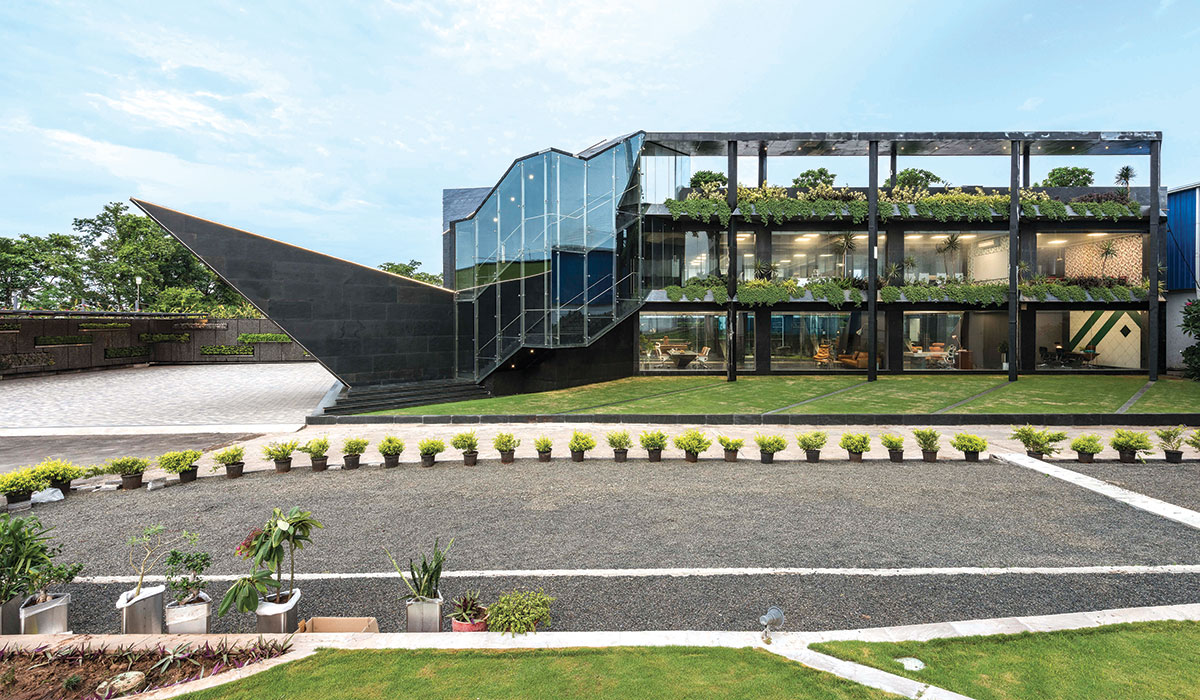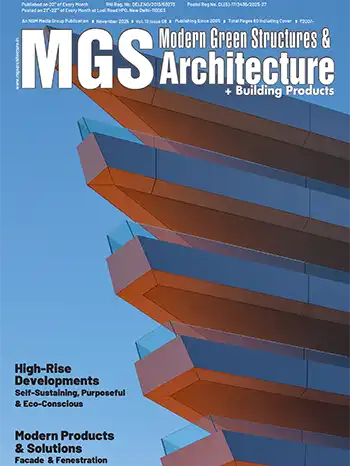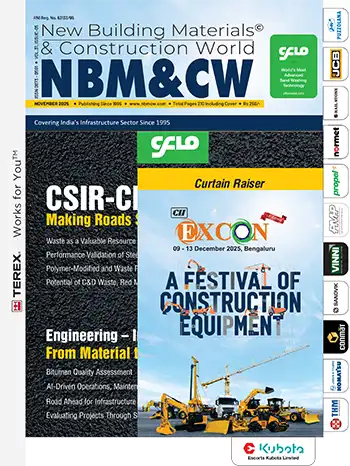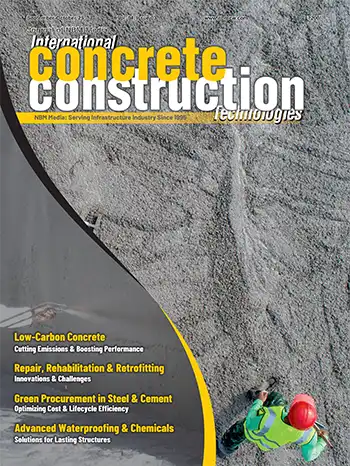“We are witnessing a transformative era in sustainable design, prioritizing innovation and environmental responsibility without compromising aesthetics.
Nayan Shah
One of the key trends is regenerative design, which not only reduces environmental impact but actively enhances the ecosystem. Materials like mycelium composites, hempcrete, and carbon-capturing concrete are gaining traction for their low emissions and natural durability. Cross-laminated timber (CLT) is emerging as a sustainable alternative to steel and concrete, enabling the construction of taller, eco-friendly wooden structures.

Biophilic design remains a cornerstone of interior spaces, with natural elements like indoor gardens, green walls, and sustainable wood finishes becoming integral to healthier and more connected living environments. This approach aligns with the growing emphasis on natural light, air quality, and greenery to enhance overall well-being.
Modular and prefabricated systems are becoming more popular for their ability to minimize waste and carbon footprints while expediting construction. Alongside this, smart technologies like solar panels, geothermal systems, and AI-driven resource management are redefining energy-efficient architecture.
















